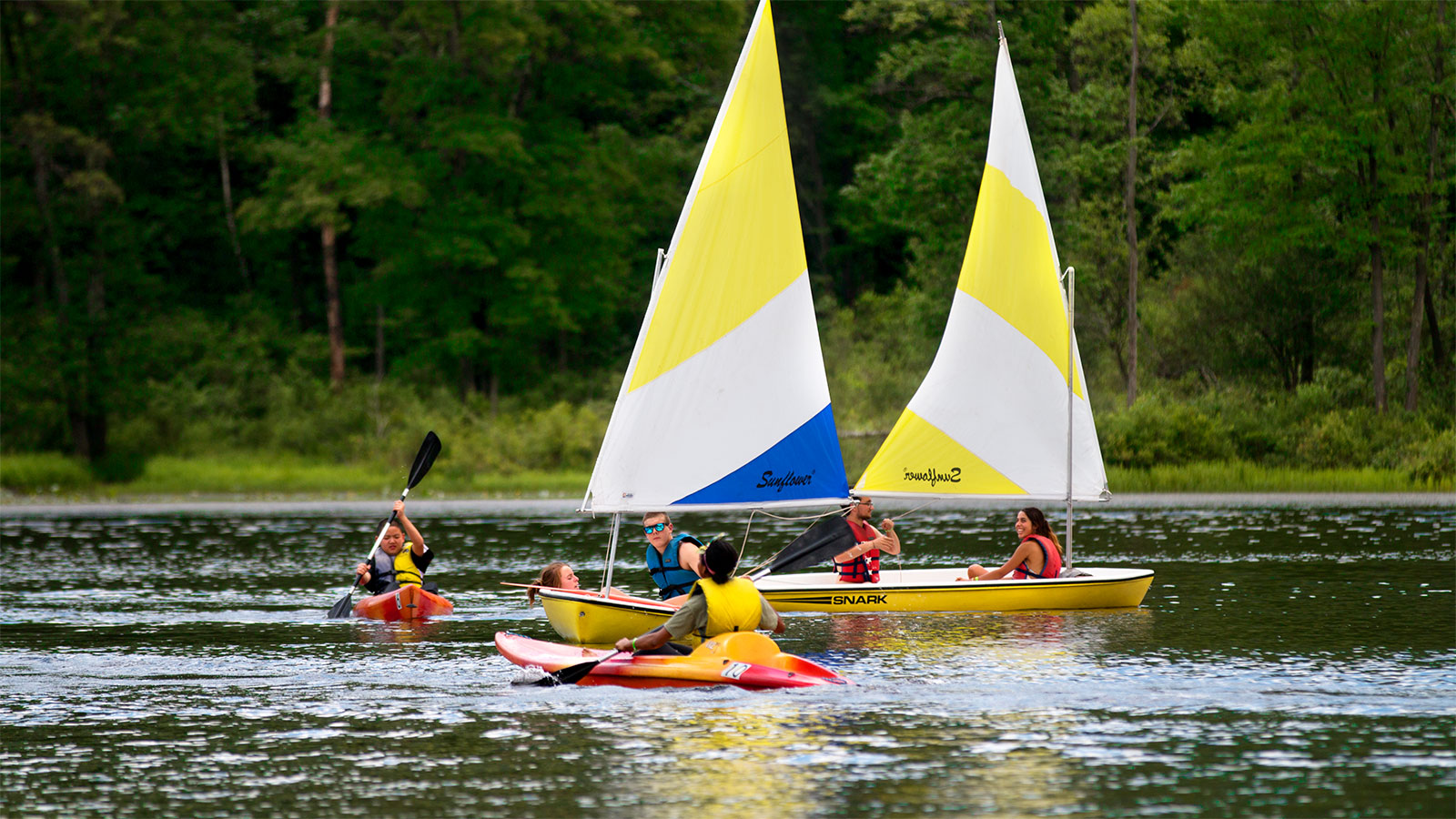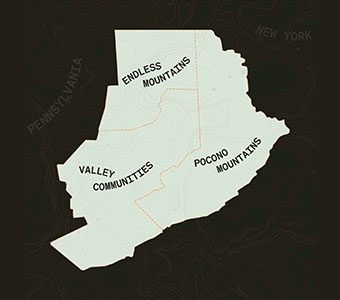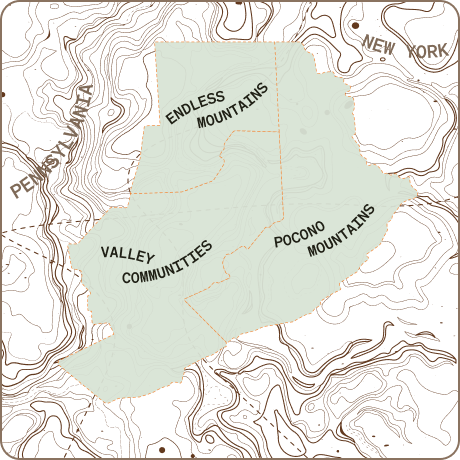Since 1924, the American Heart Association has been fighting heart disease and stroke and helping people to live longer, healthier lives. Our local AHA shares ways that you can stay healthy, get involved and help raise awareness right here in NEPA.
Bundle Up and Get Outside!
For many people, January is a great time to get a fresh start on a new fitness routine. No matter how you approach the new year, the American Heart Association has some important information about how to get healthy – and stay healthy – when the temperatures start to dip.
The Association recommends adults get at least 150 minutes of moderate exercise per week. Research shows that exercise also boosts immunity during the cold and flu season. Whether you’re hiking, skiing, ice skating or having a snowball fight, warm up with some cool-weather physical activity.
While you’re enjoying the winter wonderland, don’t forget that cold weather can affect your heart. The cold causes blood vessels to contract and coronary arteries to constrict, which can raise blood pressure, increasing the risk of heart attack and stroke. Some studies suggest that harsh winter weather may increase a person’s risk of heart attack due to overexertion.
Strenuous activities such as walking through heavy snow or snow shoveling can add stressors to the heart that people aren’t normally used to. Hearts also must work extra hard in cold weather to keep a healthy body temperature.
Some heart attacks are sudden and intense, but most of them start slowly, with mild pain or discomfort. Make sure you know the signs and symptoms for yourself and your loved ones:
- Chest discomfort — Most heart attacks involve discomfort in the center of the chest that lasts more than a few minutes, or that goes away and comes back. It can feel like uncomfortable pressure, squeezing, fullness or pain.
- Shortness of breath — This may occur with or without chest discomfort.
- Discomfort in other areas of the upper body — Symptoms can include pain or discomfort in one or both arms, the back, neck, jaw or stomach.
- Other signs may include breaking out in a cold sweat, nausea or lightheadedness.
As with men, women’s most common heart attack symptom is chest pain or discomfort. But women are more likely than men to experience some of the other common symptoms, particularly shortness of breath, nausea/vomiting and back or jaw pain.
The acronym F.A.S.T. is an easy way to recognize and respond to the sudden warning signs of stroke. The letters stand for:
- Face dropping — Ask the person to smile. Does one side of the face droop or is it numb?
- Speech difficulty — Ask the person to repeat a simple sentence such as, “The sky is blue.” Is the sentence repeated correctly? Are they unable to speak, or are they hard to understand?
- Arm weakness — Ask the person to raise both arms. Is one arm weak or numb? Does one arm drift downward?
- Time to call 911 — If the person shows any of these symptoms, even if the symptoms go away, call 911 and get them to the hospital immediately.
Stroke warning signs also include:
- Sudden numbness or weakness of the face, arm or leg, especially on one side of the body.
- Sudden confusion, or trouble speaking or understanding.
- Sudden trouble seeing in one or both eyes.
- Sudden trouble walking, dizziness or loss of balance or coordination.
- Sudden, severe headache with no known cause.
If you think you or someone you’re with has any symptoms of a heart attack or stroke, call 911 immediately.
It’s important to stay active, even in the colder months. Increasing activity can be as simple as starting with a few simple steps at home:
- Run in place for 30 seconds
- Stand up and sit down 10 times
- 30 seconds of jumping jacks
- Squat Challenge – how many can you do in 15 seconds?
- Stand up, touch your toes
- Stretch your hands high over your head
- One-minute yoga
- Arm circles forward for 30 seconds and backward for 30 seconds
- 5 lunges, each leg
- 30-second plank
- 20 leg lifts
- High knees – 30 seconds
When you do venture outside, stay hydrated, listen to your body and take frequent rests so you don’t over-stress your heart


















